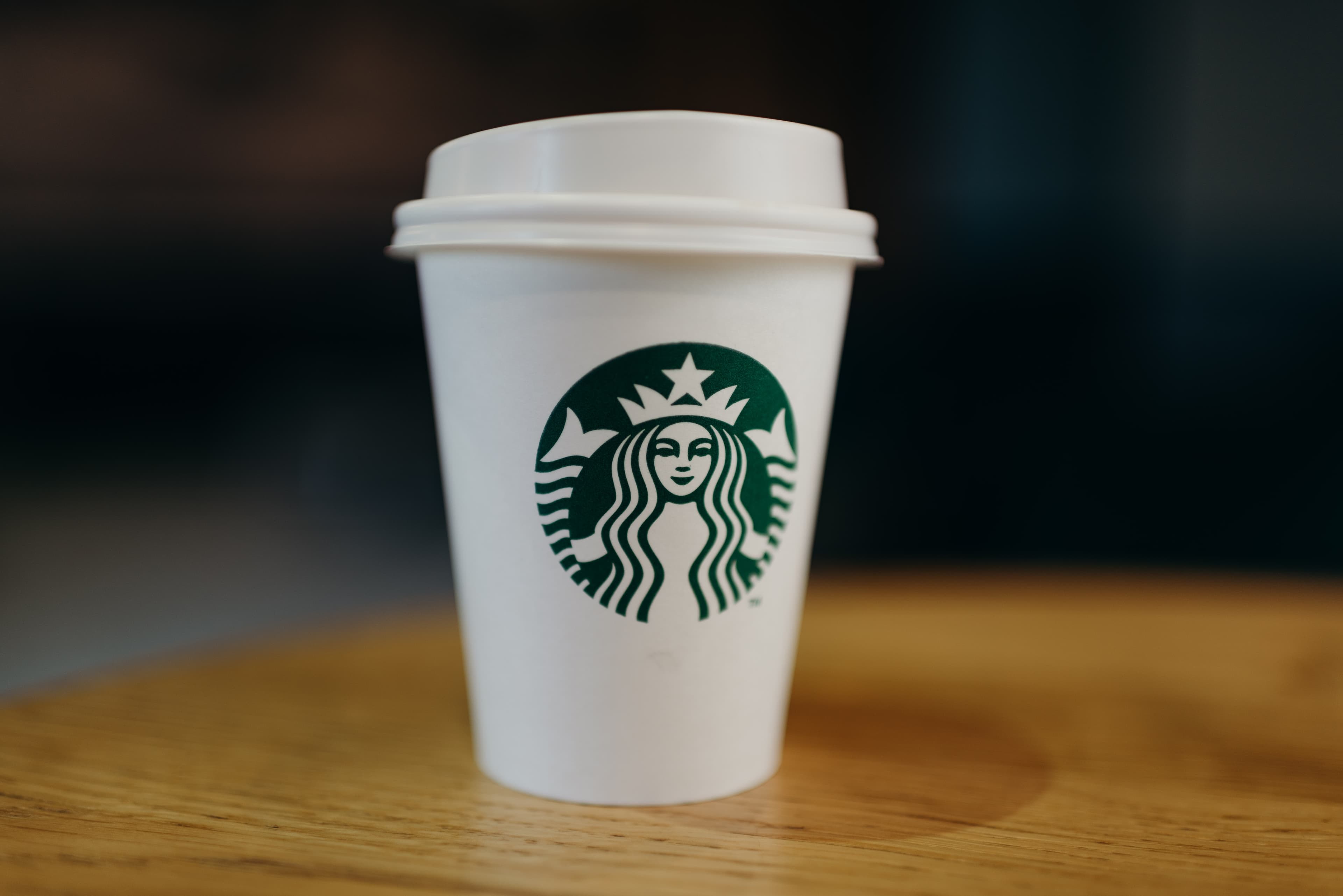
Perceived similarity of trademarks: Lessons from Starbucks trademark disputes
One of the most common reasons for trademark disputes has to do with the perceived similarity between existing trademarks. The two trademarks are considered “similar” if they share common characteristics connected to their appearance, sound, meaning and commercial impression, and if they are used for related goods or services. This is seen as a problem from brand perspective because the consumers might believe that the owners of the two trademarks are related, affiliated, connected, or that the goods or services originate from the same source.





